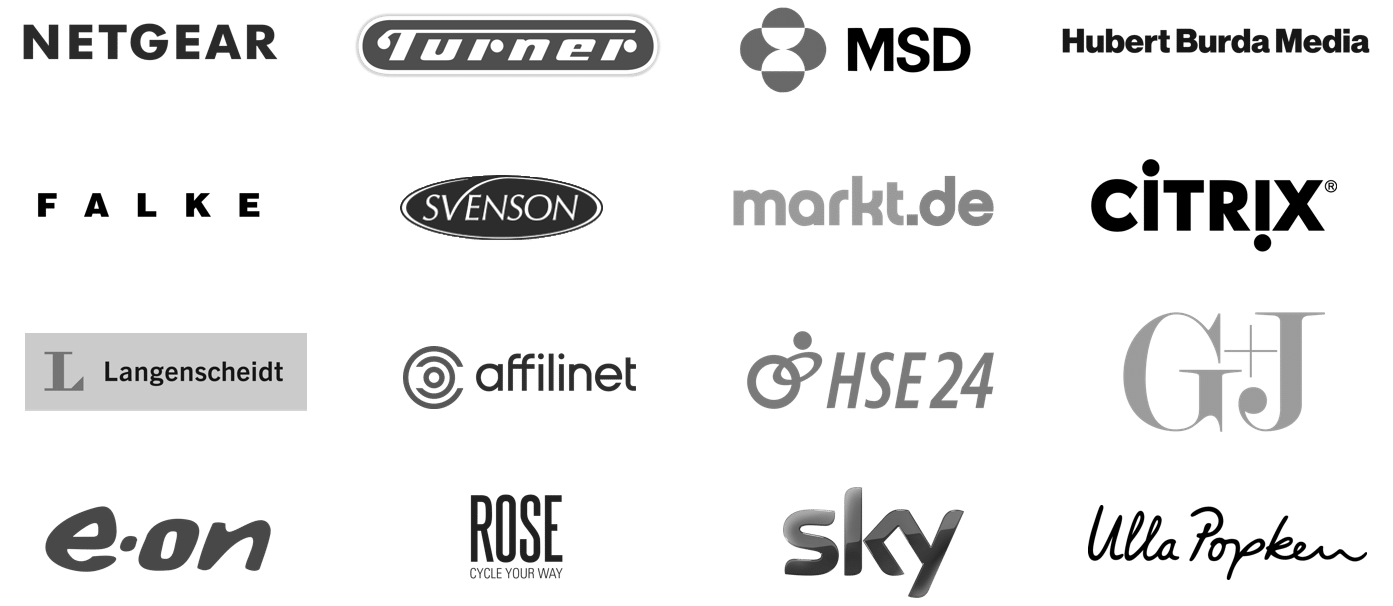Wann sollte man Rel Canonical oder Noindex verwenden …oder beides

Copyright© Pixabay/KeithJJ
John Mueller von Google erklärte, wie man zwischen rel canonical und noindex wählen kann, und schlug vor, dass die Verwendung von beiden nützlich sein kann.
In einem Google-SEO-Office-Hangout wurde John Mueller von Google gefragt, ob rel canonical oder das noindex-Tag der beste Ansatz für den Umgang mit doppeltem und dünnem Inhalt auf einer E-Commerce-Website sei. John Mueller diskutierte beide Optionen und schlug dann einen dritten Weg vor, damit umzugehen.
Noindex-Richtlinie
Das noindex-Meta-Tag ist eine Richtlinie, was bedeutet, dass Google das Meta-Tag befolgen muss und die Webseite nicht mehr in den Suchergebnissen erscheinen darf.
Das noindex-Tag bewirkt lediglich, dass die Seite nicht mehr in den Suchergebnissen von Google angezeigt wird.
In der offiziellen Dokumentation von Google heißt es:
“You can prevent a page or other resource from appearing in Google Search by including a noindex meta tag or header in the HTTP response. When Googlebot next crawls that page and sees the tag or header, Googlebot will drop that page entirely from Google Search results, regardless of whether other sites link to it.”
Relativ kanonisch
Ein rel=canonical-Tag ist ein Hinweis, keine Richtlinie. Es gibt Google einen Vorschlag für die URL, die Sie in den Suchergebnissen anzeigen möchten.
Dies ist nützlich, wenn es mehrere Seiten gibt, die sich ähneln, vor allem, wenn ein Shopping-CMS mehrere Seiten für dasselbe Produkt erzeugt, wobei der einzige Unterschied in der Regel etwas Triviales wie die Farbe des Artikels ist.
In der offiziellen rel canonical-Dokumentation von Google wird das Problem folgendermaßen erklärt:
“A canonical URL is the URL of the page that Google thinks is most representative from a set of duplicate pages on your site. For example, if you have URLs for the same page (example.com?dress=1234 and example.com/dresses/1234), Google chooses one as canonical.”
Das rel canonical ist eine nützliche Lösung, da es alle Link- und Relevanzsignale zurück zur Hauptseite konsolidieren kann, die ein Herausgeber in den Suchergebnissen haben möchte.
Da Google das rel canonical-Tag jedoch als Hinweis behandelt, gibt es keine Garantie, dass Google es befolgt, und der Google-Algorithmus kann beschließen, eine andere Seite in den Suchergebnissen anzuzeigen.
Rel Canonical oder Noindex
Die Person, die die Frage gestellt hat, wollte klären, ob es am besten ist, noindex oder canonicalization zu verwenden.
Die Verwirrung ist nicht unberechtigt, denn beide Lösungen sind durchaus denkbar.
Hier ist die Frage:
“We have a website… an ecommerce store with a lot of product variations that have thin content or duplicate content even sometimes.
So …I made a list of all the URLs we want to keep or we want to have indexed… and then I made a list of all the URLs that we don’t want to have indexed.
The more I worked on it the more I asked this question to myself, canonicalization or noindexing?
I don’t know what the better of those would be.”
Mueller antwortete:
“…I think the general question of should I use noindex or rel canonical for another page is something where there probably isn’t an absolute answer.
So that’s kind of just offhand. It’s like if you’re struggling with that you’re not the only person who’s like, oh which one should I use?
That also usually means that both of these options can be okay.
So usually what I would look at there is what your really strong preference there is.
And if the strong preference is you really don’t want this content to be shown at all in search, then I would use noindex.
If your preference is, I really want everything combined in one page and if individual ones show up, like whatever, but most of them should be combined, then I would use a rel canonical.
And ultimately the effect is similar in that, well, it’s likely the page that you’re looking at won’t be shown in search.
But with a noindex it’s definitely not shown.
And with a rel canonical it’s more likely not shown.”
Rel Canonical oder Noindex: Ein dritter Weg zum Umgang mit doppelten und dünnen Seiten
Als nächstes schlug Mueller vor, dass ein Publisher sowohl noindex als auch rel canonical verwenden kann, um von beiden zu profitieren.
Mueller sagte:
“…you can also do both of them.
And it’s something… if external links, for example, are pointing at this page then having both of them there kind of helps us to figure out well, you don’t want this page indexed but you also specified another one.
So maybe some of the signals we can just forward along.”
Die Kombination von Rel Canonical und Noindex ist keine häufig diskutierte Lösung. Laut John Mueller ist es jedoch ein probates Mittel, um mit doppeltem und dünnem Inhalt umzugehen.
Letztendlich ist es jedoch Sache des Herausgebers, zu entscheiden, ob die Konsolidierung von Link- und Relevanzsignalen wichtig ist oder ob die Sicherstellung, dass die Seite nicht in der Suche erscheint, im Vordergrund steht.
Quelle: SearchEngineJournal













Keine Kommentare vorhanden